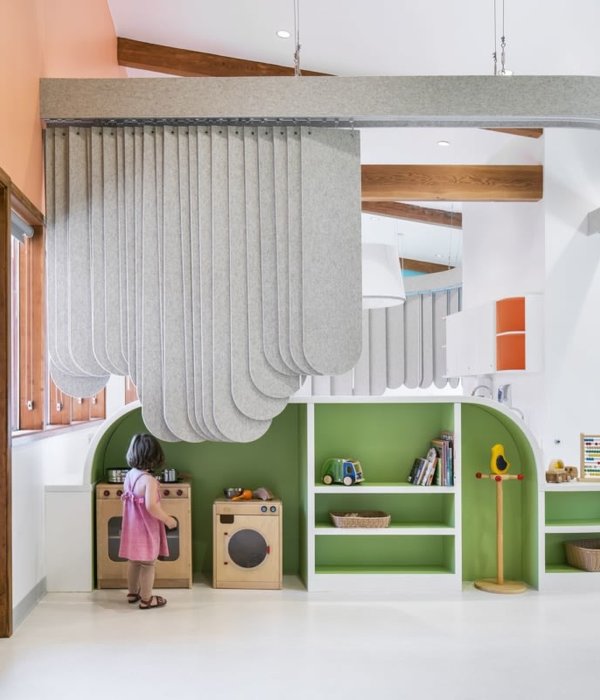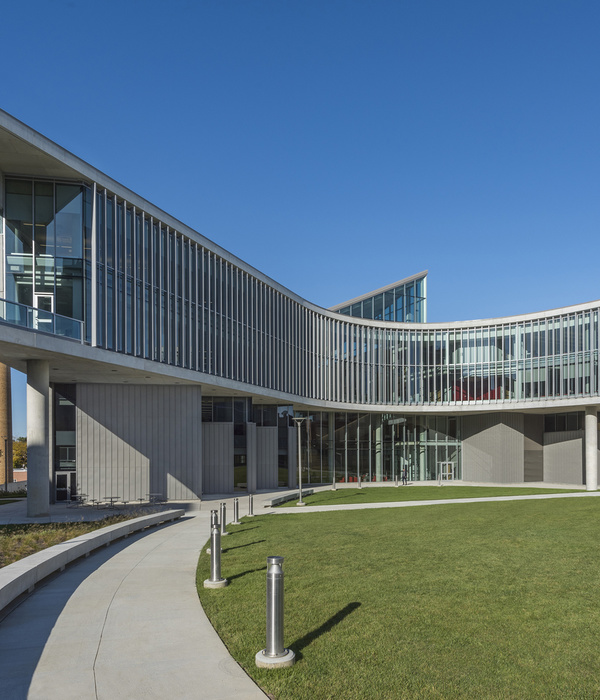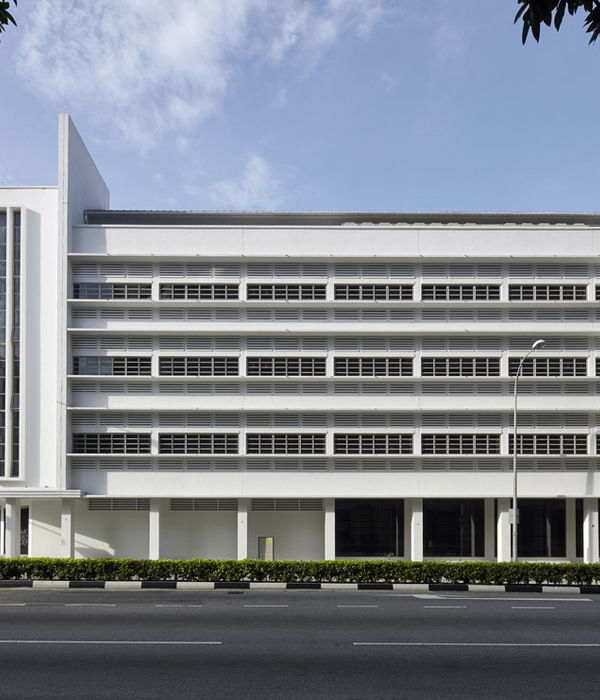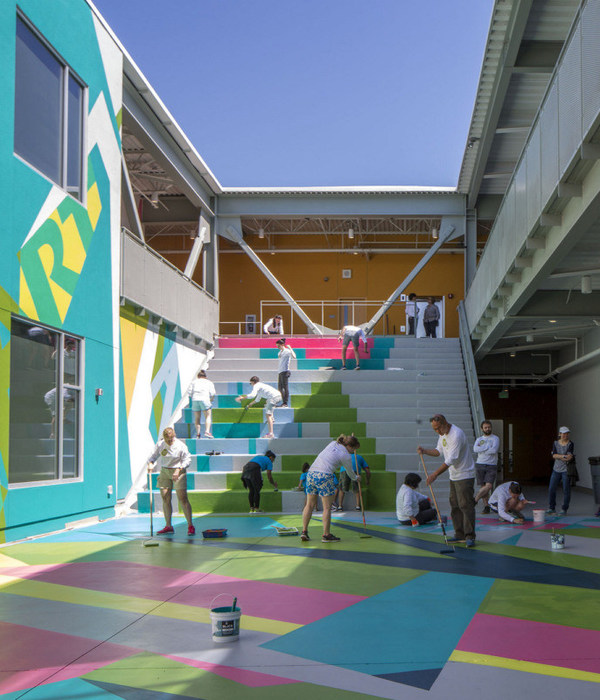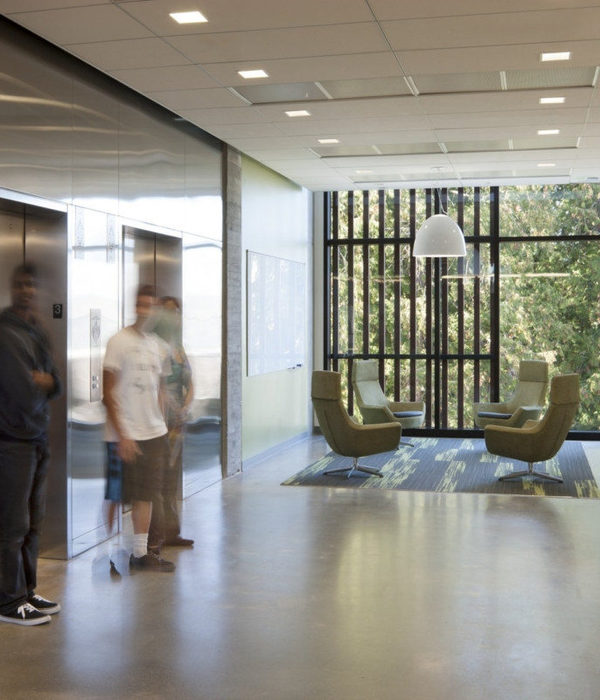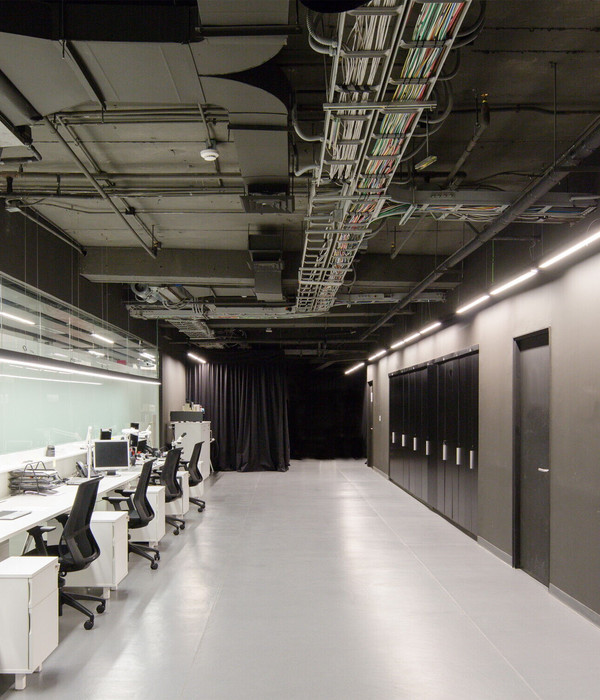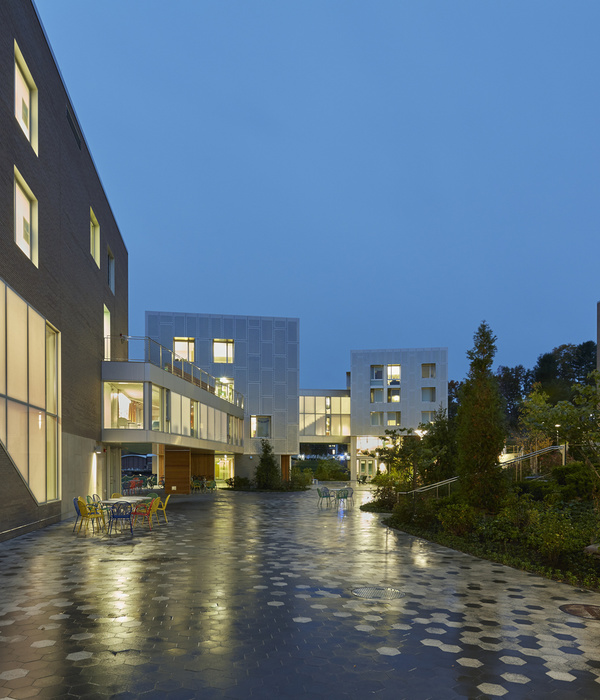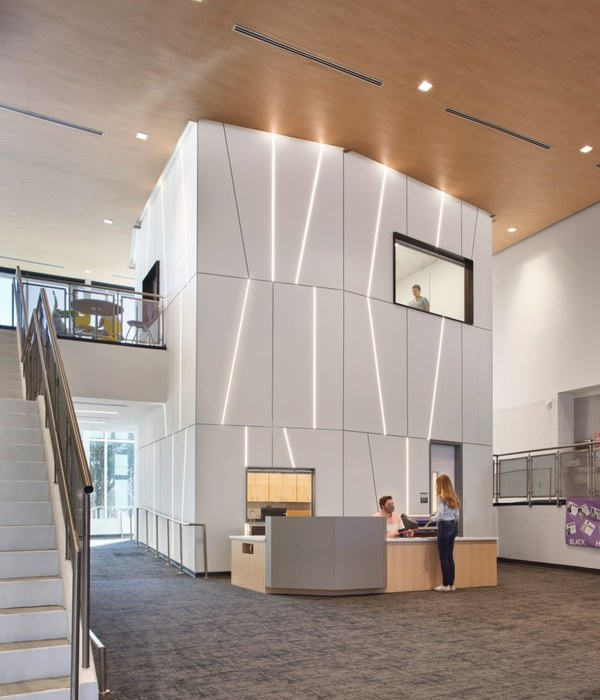The MATTER Career Readiness Institute (MCRI) is the main building dedicated to a training program that is the result of a collaborative partnership between Jamf - a leading technology company, and MATTER - a dedicated NGO. The core program takes the next important step for students coming out of the previously established Innovation Hub classrooms: job creation. This year-long professional development training course will qualify students for internships with Jamf and other US IT companies, with the potential and goal of being hired as remote employees.
The building design needed to inspire excellence in the community as a dedicated space for students, exhibiting care and quality – beyond a functional envelope with no character. The community needed to believe that the partnership truly cared about this project, especially when trying to engage with a fairly unknown field of expertise in the region. Core to the success of this would be the consideration of social spaces, connectivity, and response to local climate - as well as creating a sense of identity and belonging.
Taking inspiration from a grove of trees under which a community can gather, the layout and structure of the buildings form a connected series of generous, organic, sheltered spaces. The design intention was to embrace a certain sense of informality and individuality while still accommodating the rigidity of function. The varied nature of the shelter in scale, height, and shape allows for many types of formal and informal social interaction and individual interpretation beyond the basic function of the rooms.
The entire center was designed to run off the grid with solar panels in an area where electricity supply can be scarce and heat and humidity unbearable. For this reason, natural ventilation was key to the design, along with natural daylight, to reduce electric loads. Natural ventilation was achieved through the open-air courtyard and circulation and large roof overhangs. These large overhanging canopies then accommodate social informal spaces as well as circulation while allowing for a generous amount of glass protected from direct sunlight so that the rooms are well-lit with natural daylight. Each room also has operable windows on opposing walls, allowing for direct cross-ventilation when open.
The design seeks to showcase the local, traditional Hwange face brick material by pushing it to its full potential. Inspiration is taken from the wild and natural beauty of the surrounding Zambezi National Park to employ a parametrically driven organic texture of rotated bricks across the facades, also reminiscent of a pixel matrix – a subtle connection between nature and technology. Further natural lighting was achieved by the use of high-level glass brick courses, which also helped to contrast the load-bearing steel structure with the brickwork envelope. Being an inexpensive, local, labor-intensive material, brick construction ensured a higher percentage of construction costs went to local construction workers in the community rather than to imported products and materials. Raw face brick, by its nature, requires little maintenance in the long term – a cost-saving benefit to the community in the long term, while embodying inherent sustainability.
{{item.text_origin}}

